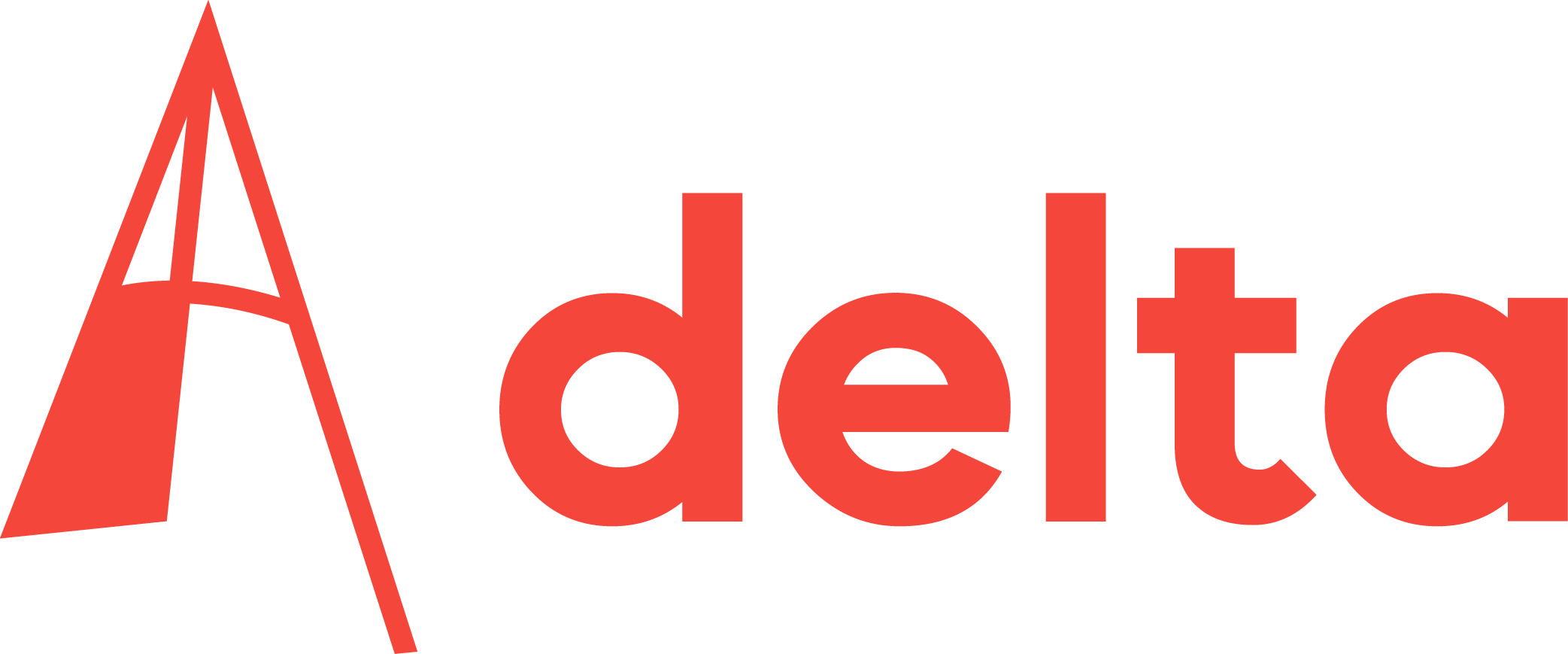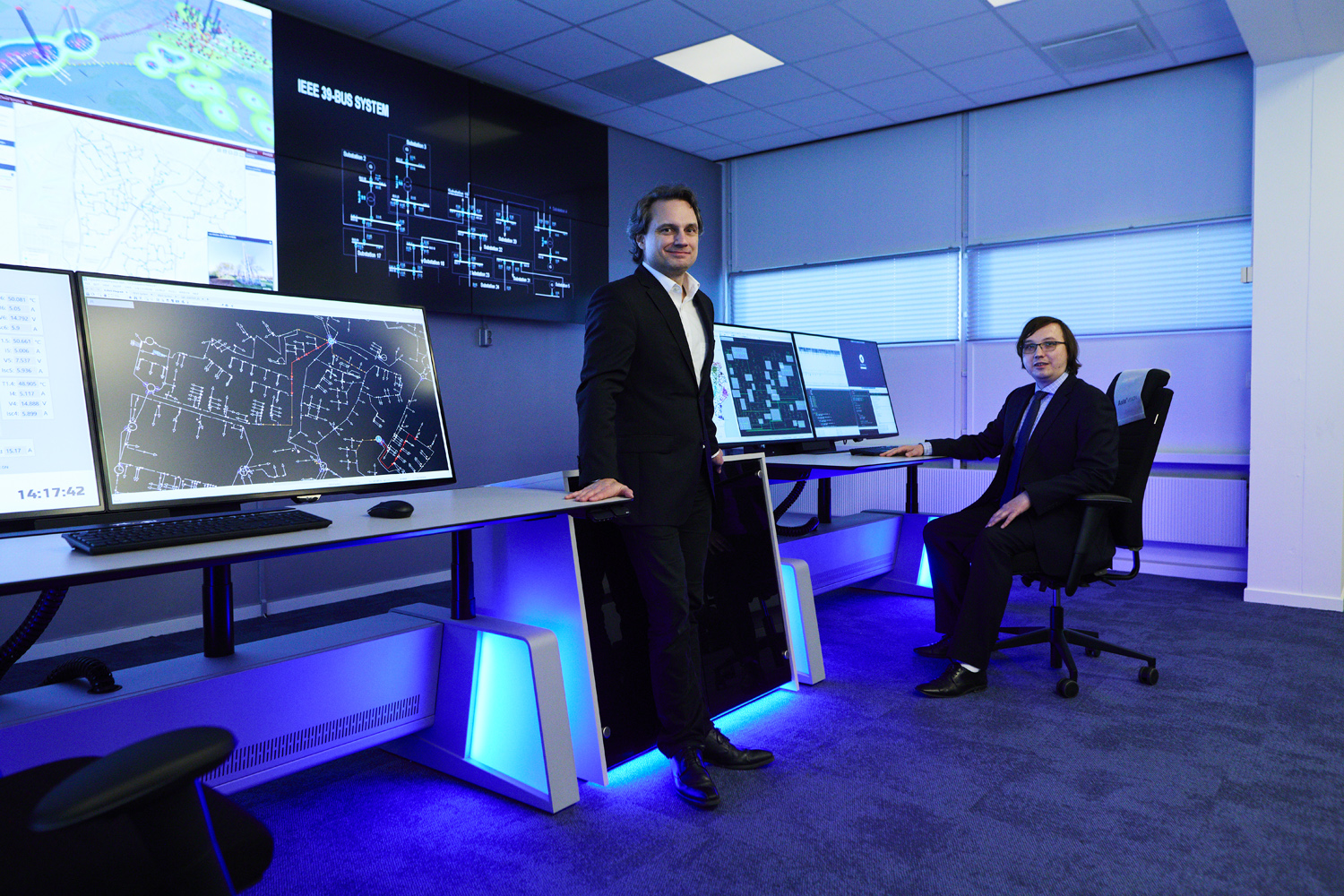The Dutch electricity grid is rapidly being digitalised to accommodate the growing share of solar and wind energy. This makes it increasingly difficult to keep the production and purchase of electricity in balance. Manual control in the control room is making way for computer control with artificial intelligence.
You can see where this is leading to in the Control Room of the Future (CRoF), which is part of the new ESP Lab (Electrical Sustainable Power). Here, a quarter of the Dutch electricity grid is simulated in real time by the RTDS (real time digital simulator) supercomputer.
The downside of digitalisation is the increased vulnerability of the power grid. Dr Alex Stefanov (EEMCS) explains. “Under certain stress conditions, if just a few transmission lines are maliciously sabotaged, other lines will pick up the electricity flow, become overloaded and automatically disconnect. These kinds of cyber attacks can cause disruptions that then turn into a chain reaction affecting all of Europe.”
During the event Digitalisation of Energy Systems, specialists will discuss whether there are enough professionals specialised in both the energy system and its digitalisation. CRoF plays an important role in training specialists and in researching the cybersecurity of electricity networks.



Comments are closed.